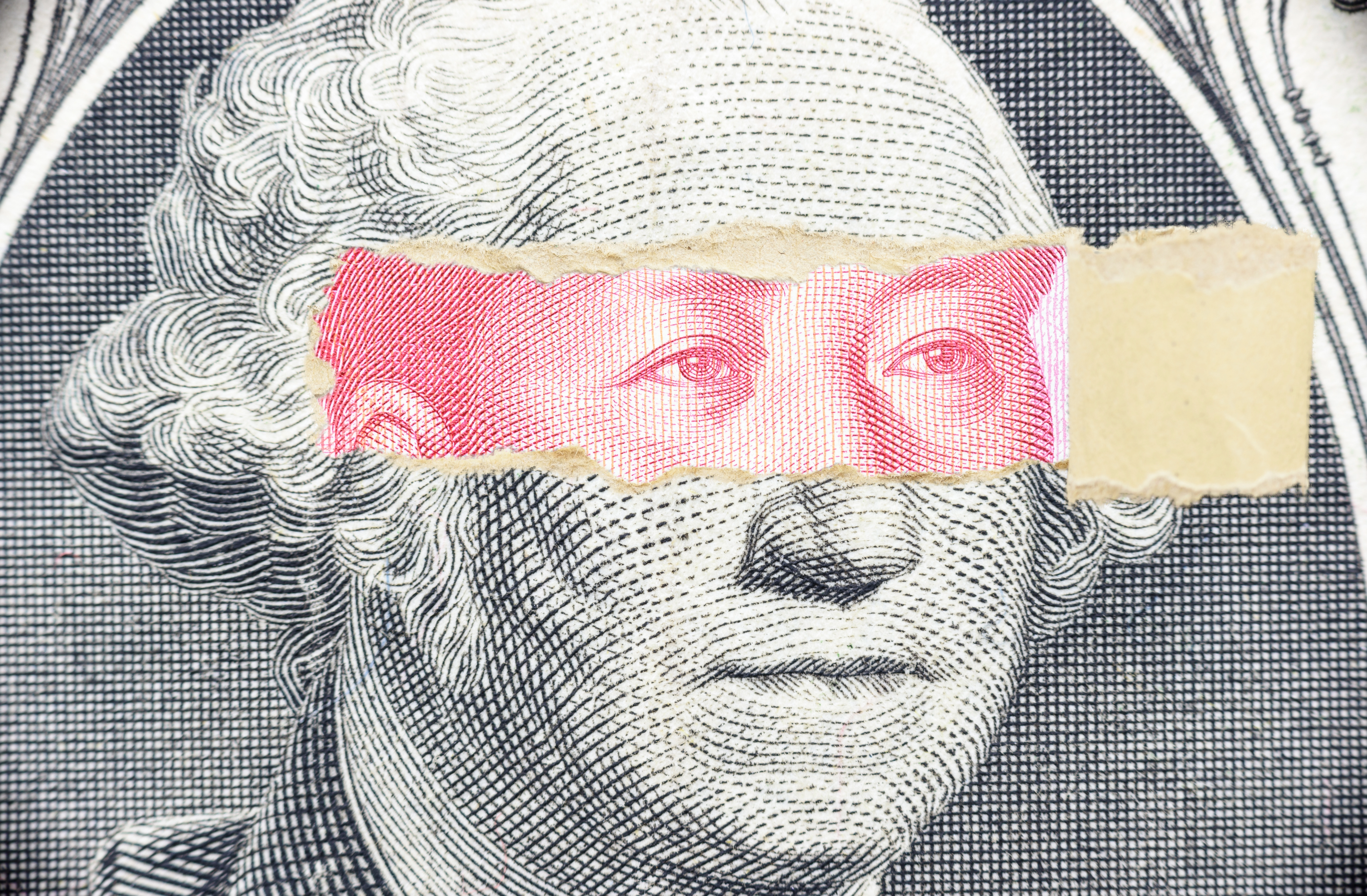Trade War Monitor, Sept. 8: The Dollar Dives, a New Reality Dawns
The first half of 2025 has been brutal for the U.S. dollar, which is reeling from what many are calling its “worst six months in modern history.” The cause? A potent combination of President Donald Trump’s renewed obsession with “reciprocal tariffs” and a deepening crisis of confidence in America’s fiscal and monetary stewardship.
But as the greenback wobbles, Beijing isn’t just watching — it’s acting. Chinese financial institutions are seizing the moment to accelerate the internationalization of the renminbi, a long-term project now fueled by a rare geopolitical opportunity.
For Chinese companies, the new landscape is a minefield of opportunity and risk. As they pivot from using Vietnam for factory floors to targeting its storefronts, they’re learning hard lessons about localization.
And back in Washington, the legal battle over the president’s authority to unilaterally impose tariffs is heading for a Supreme Court showdown, promising more uncertainty for months to come. The trade war is no longer a simple bilateral conflict; it’s a multifaceted global reckoning.
We will continue to closely monitor this economic warfare so our readers are better prepared for the impacts to come.
Yuan’s role in global trade
In the first half of 2025, the U.S. dollar tumbled across the board, sliding against the euro, pound and the yuan in what many global investors are calling its “worst six months in modern history.”
Behind the plunge is the fallout from U.S. President Donald Trump’s second-term trade policies — particularly a renewed obsession with “reciprocal tariffs” — and a growing crisis of confidence in America’s fiscal discipline and central bank independence. The dollar, once untouchable, is suddenly looking vulnerable.
The ripples are global, but for Beijing, the timing is exquisite. As skepticism toward the dollar grows, Chinese financial institutions are intensifying efforts to internationalize the yuan — a campaign more than a decade in the making but now fueled by urgency and opportunity.
Chinese companies in Vietnam
Vietnam has long served as a manufacturing base for Chinese firms eager to slash labor costs or bypass Western tariffs. But the country is now emerging as a target market in its own right, thanks to one of Southeast Asia’s fastest-growing middle classes.
Chinese companies have since learned that breaking into Vietnam’s consumer market requires cultural finesse and a keen understanding of local preferences.
“Chinese companies entering Southeast Asia often hold one-sided assumptions,” said Zheng Dong, founder of brand consultancy WOWbuy, from his office in Ho Chi Minh City. “They tend to think localization just means translating packaging and underpricing the competition.”

Two big questions
Chinese companies need to pay special attention to choosing suppliers and factory sites when investing in Vietnam, analysts said, as the Southeast Asian country sharpens its policies for attracting foreign investment so it can upgrade its industry.
The Vietnamese government on Monday enacted a decree to use government subsidies to integrate more industries into domestic supply chains, with the ultimate goal of reducing the country’s dependence on imports. It is also set to release revisions of the Corporate Income Tax Law on Oct. 1, under which certain income tax exemptions will only be available to companies that invest in government-designated industries in specific locations.
The policy changes indicate a shift in Vietnam’s approach to foreign investment. It’s no longer about just securing funding, but rather adjusting foreign capital structure and upgrading the country’s industry.
Anti-dumping duties
China has imposed steep anti-dumping duties of up to 78.2% on certain U.S.-made fiber optic products starting Sept. 4, according to the Ministry of Commerce, escalating trade frictions between the world’s two largest economies.
The tariffs target a niche category of fibers known as cutoff wavelength-shifted single-mode fiber, or G.654.C fiber, optimized for long-haul and undersea networks. The ministry said U.S. producers were exporting these products to China in order to evade duties already applied to another fiber product.
According to the ministry, Corning Inc. will face a duty of 37.9%, OFS Fitel LLC will be taxed at 33.3%, and Draka Communications Americas Inc. will incur a 78.2% duty. All other U.S. exporters will be subject to the maximum rate of 78.2%. The measure builds on anti-dumping penalties China first levied on U.S.-origin single-mode fiber more than a decade ago.
Supreme Court showdown
The industry seems to have become desensitized to tariffs. However, last week’s news that a U.S. federal appeals court ruled Donald Trump’s reciprocal tariffs unlawful has kindled a glimmer of hope.
The ruling is set to take effect on Oct. 14, leaving the Trump administration a month to decide whether to appeal to the Supreme Court. Unsurprisingly, the administration didn’t wait that long, filing its petition with the high court this past Wednesday evening.
The Trump administration has requested that the high court decide by Sept. 10 whether to hear the case, with relevant documents to be submitted by Oct. 30 and oral arguments to be held in the first week of November. It is almost certain that the Supreme Court will agree to hear the case, but a decision would not come until next summer at the earliest.
Trade War Monitor is a weekly newsletter compiled and edited by Lu Zhenhua (zhenhualu@caixin.com)
caixinglobal.com is the English-language online news portal of Chinese financial and business news media group Caixin. Global Neighbours is authorized to reprint this article.
Image: William W. Potter – stock.adobe.com


